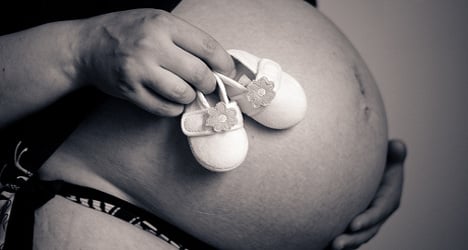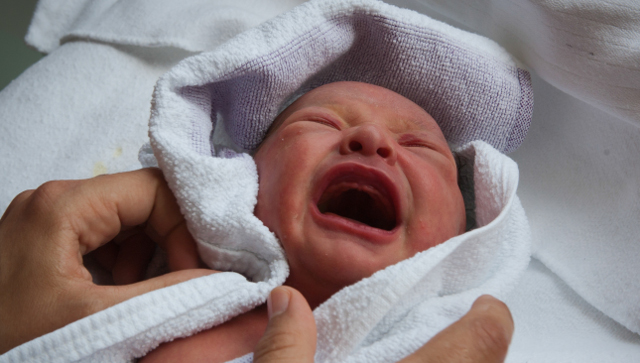


France's birth rate has dropped for the fourth year in a row, new statistics revealed on Tuesday, leaving a question hanging over how long the French can hold onto their title as the baby-making champions of Europe. *French language learner article.*




Member comments